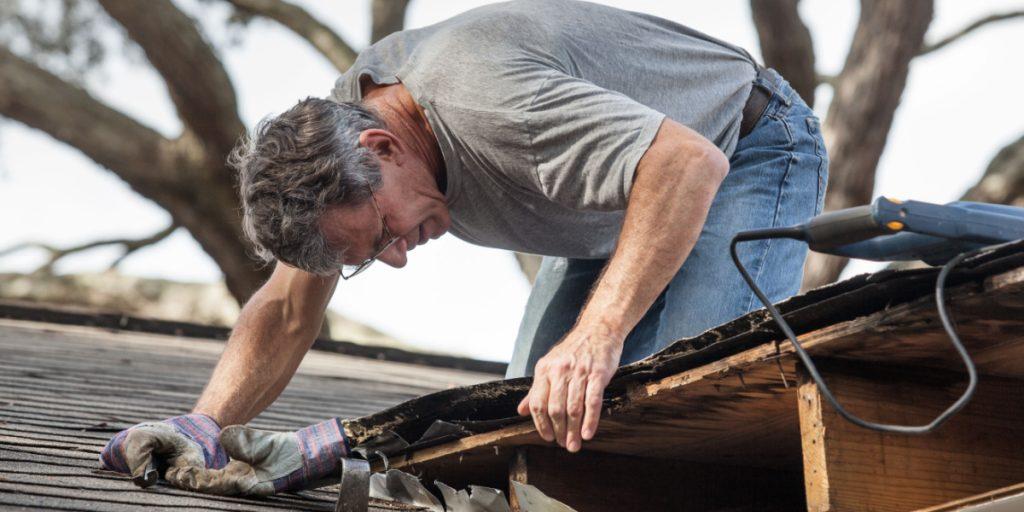The roof over our heads is a crucial part of our home, protecting us from the elements and keeping us safe and dry. But how often do we stop to consider the age and condition of our roof? If you’ve ever asked yourself, “How can I find out when my roof was replaced?” you’re not alone. In this article, we will explore various methods and techniques to help you uncover the history of your roof and determine when it was last replaced.

Why Knowing Your Roof’s Replacement Date Matters
Before we dive into the methods for finding out when your roof was last replaced, let’s first understand why this information is essential.
- Maintenance Planning: Knowing the age of your roof allows you to plan for regular maintenance and inspections. Different roofing materials have varying lifespans, and it’s crucial to assess your roof’s condition as it nears the end of its expected life.
- Warranty Coverage: Many roofing materials come with warranties that cover repairs or replacements up to a certain age. If you don’t know when your roof was last replaced, you could miss out on potential warranty benefits.
- Home Valuation: When selling your home, buyers often inquire about the age and condition of the roof. Having this information readily available can help increase the market value of your property.
Now, let’s explore the methods to determine your roof’s replacement date.
1. Examine Home Records and Documents
Start your investigation by searching through your home records and documents. Look for any receipts, invoices, or documentation related to your roof replacement. Check your homeowner’s insurance policy or any files you’ve kept regarding home improvements. Contractors typically provide detailed invoices when they complete a roof replacement, including the date of the service.
2. Inspect the Roof Itself
Sometimes, a close inspection of your roof can reveal clues about its age. While you won’t find an exact replacement date, certain signs can provide estimates. Look for the following:
- Shingle Condition: Asphalt shingles, a common roofing material, deteriorate over time. If your shingles appear worn, curled, or discolored, it’s an indicator of aging.
- Layering: Count the layers of shingles on your roof. Each layer represents a past roofing job. If there are multiple layers, you can assume the roof has been replaced at least once.
- Roofing Material: Identify the type of roofing material. Different materials have varying lifespans. For example, asphalt shingles typically last 20-25 years, while metal roofs can last 50 years or more.
3. Contact Previous Homeowners or Neighbors
If you’ve recently purchased your home, consider reaching out to the previous homeowners. They may have valuable information about the roof’s history. Alternatively, speak with long-time neighbors who might have knowledge about the roof’s replacement date.
4. Consult a Professional Roofer
When in doubt, it’s always a good idea to consult a professional roofer. Roofing experts can perform a thorough inspection of your roof and provide an estimate of its age. They can also check for any manufacturer labels or markings on roofing materials that could contain date-related information.
5. Online Roofing Databases
The internet has made it easier to access information about your roof. Some websites and databases compile roofing data and manufacturer information. You can search these databases using the type of roofing material and any available markings to estimate your roof’s age.
Conclusion:
How can I find out when my roof was replaced? Knowing when your roof was last replaced is essential for planning maintenance, maximizing warranty coverage, and enhancing your home’s overall value. By examining home records, inspecting the roof, contacting previous homeowners or neighbors, consulting professionals, and utilizing online resources, you can unravel the mystery of your roof’s replacement date. Keep in mind that while these methods can provide estimates, they may not always yield an exact date, but they will certainly get you closer to the answer you seek.



Leave a Reply